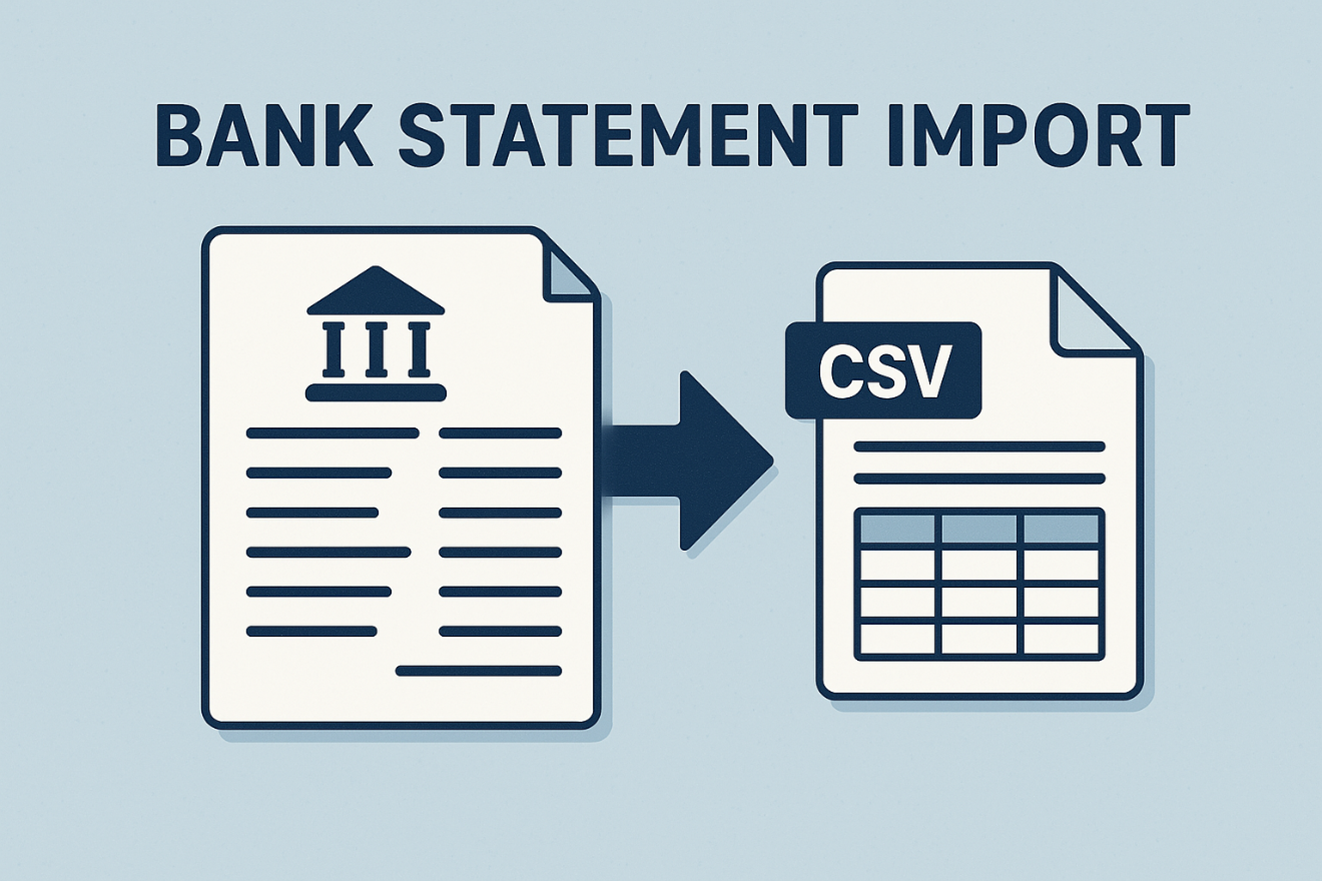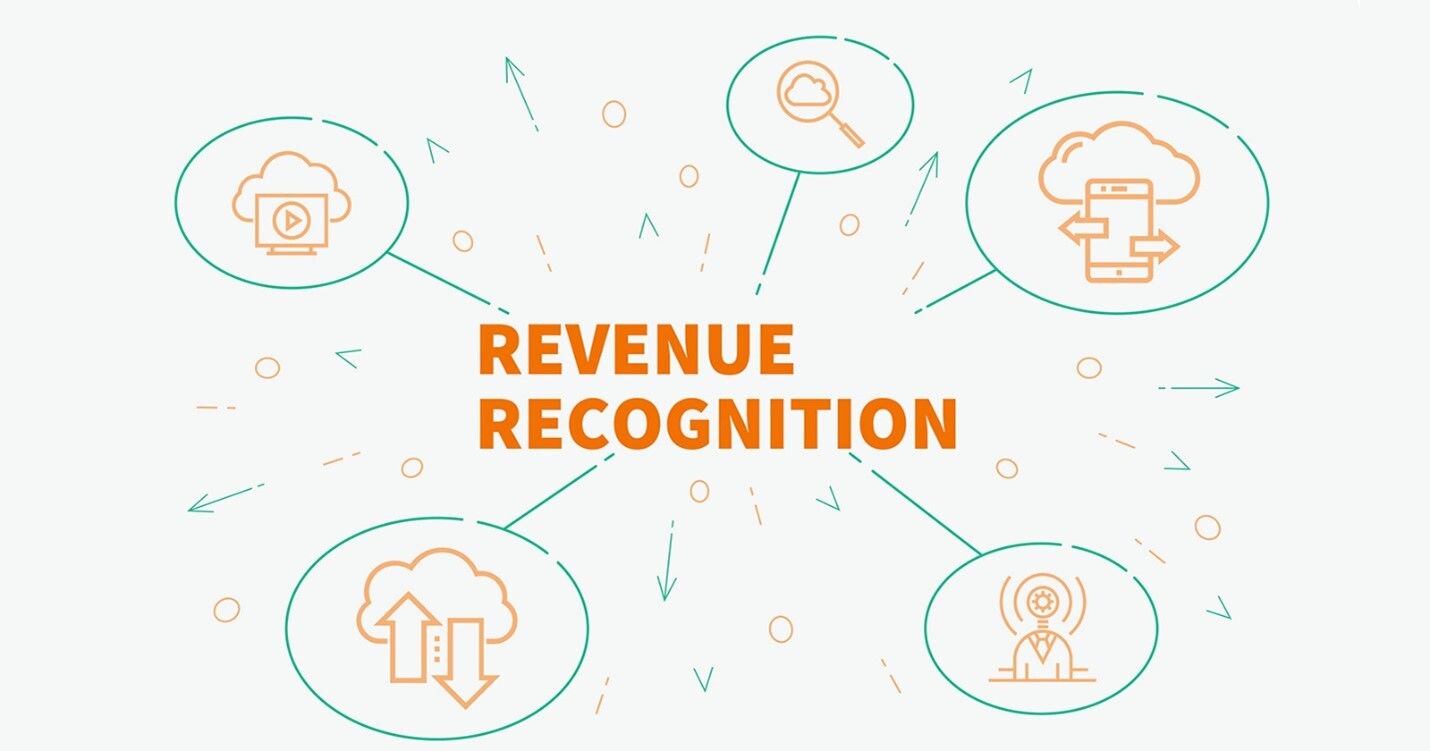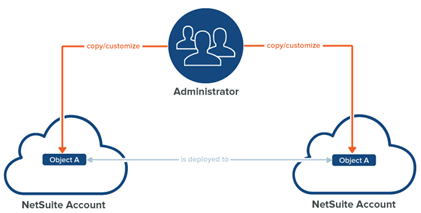The latest NetSuite release (2025.1) has been out for a while. Your NetSuite account has likely been upgraded to the new release, which has introduced a number of new features and enhancements designed to improve productivity. In particular, NetSuite Ship Central (NetSuite WMS’ packing and shipping module) has also received a number of features worth reviewing of which I would like to cover in this blog.
New Features in NetSuite Ship Central 2025.1 Release
Tags: NetSuite, ERP, Reporting, NetSuite Partner, NetSuite How To's, NetSuite Tips, WMS, Shipping, ShipCentral, Warehouse Management, SuiteScript, Release 2025.1
CSV Import New Record Types Now Available for Import
NetSuite continues to expand CSV import support for its native records. With release 2025.1, NetSuite has added CSV import for various record types, including some which you may find useful if you use NetSuite WMS or Ship Central. With the ability to perform CSV import records, the bulk creation and management has become significantly easier. You will now find these records as import type options within the import assistant in NetSuite and are no longer required to use third-party solutions to update these records in bulk.
Tags: NetSuite, ERP, Reporting, NetSuite Partner, NetSuite How To's, NetSuite Tips, CSV Import, Item Receipt, SuiteScript, Item Fulfillment, Bulk Updates
Bank Statement Import using CSV File
You can download a financial statement file from your bank or financial institution and manually upload it to NetSuite for reconciliation or expense tracking. During processing, NetSuite encrypts financial data files for security. Once processing is complete, the files are deleted and not retained. When you import data for bank or credit card reconciliation, NetSuite applies reconciliation rules to automatically match the imported bank lines with corresponding account transactions.
Tags: NetSuite, ERP, Reporting, NetSuite Partner, NetSuite How To's, NetSuite Tips, Shipping, SuiteScript
The Revenue Recognition Field Map feature simplifies the mapping of transaction fields to revenue elements, ensuring both accuracy and compliance. Here’s how to utilize this feature effectively.
Tags: NetSuite, ERP, Reporting, NetSuite Partner, NetSuite How To's, NetSuite Tips, SuiteScript, Revenue Recognition, Field Mapping
Auto-Expansion for Revenue Management of Kit/Package Items
NetSuite offers comprehensive revenue management capabilities that ensure adherence to accounting standards while automating the revenue recognition process. A significant challenge for businesses managing kit/package items in NetSuite is the accurate recognition and allocation of revenue. The Auto-Expansion for Revenue Management feature addresses this issue by automatically breaking down kit/package items into their individual components, facilitating precise revenue allocation.
Tags: NetSuite, ERP, Reporting, NetSuite Partner, NetSuite How To's, NetSuite Tips, SuiteScript, Auto-Expansion, Revenue Management, Kit/Package Items
Streamlining NetSuite Customization with the Copy to Account Feature
One useful tool in NetSuite when migrating certain data from one NS instance to another would be the Copy to Account (CTA) feature. This feature simplifies the process of transferring customizations between NetSuite accounts, eliminating the need for manual recreation.
Tags: NetSuite, ERP, Reporting, NetSuite Partner, NetSuite How To's, NetSuite Tips, SuiteScript, Copy to Account, Data Migration, NetSuite to NetSuite
Error Tracking and Debugging in NetSuite
(This article is based on SuiteScript 2.1)
The N/log module is an essential tool for logging messages and debugging scripts.
It provides structured logging methods to help developers track execution flow, identify issues, and optimize performance.
However, improper logging can lead to inefficient debugging or performance overhead.
Tags: NetSuite, ERP, Reporting, NetSuite Partner, NetSuite How To's, Accounting, NetSuite Tips, SuiteScript, log, save to file, snippet
Retrieving State and Country Lists in NetSuite Using SuiteScript
Working with Country and State Lists in NetSuite
NetSuite provides built-in lists for countries and their corresponding states or provinces. These lists are commonly used in address fields, custom records, and forms where users need to select a country or state.
This article will help you access these lists programmatically in SuiteScript.
Tags: NetSuite, ERP, Reporting, NetSuite Partner, NetSuite How To's, Accounting, NetSuite Tips, SuiteScript, State List, Country List
SuiteApp Overview: Work Instructions and Traveler
The Work Instructions and Traveler SuiteApp extends NetSuite’s manufacturing capabilities by providing clients with the ability to define manufacturing level work instructions for each operation step , which can then the printed and shared with shop floor personnel. The printed traveler document can be used to outline process notes and detailed step by step instructions, including assigned components, for each operation step. We’ll take a look at the SuiteApp and how to install it in a NetSuite instance. We will first cover prerequisites.
Tags: NetSuite, ERP, Reporting, NetSuite Partner, NetSuite How To's, Accounting, NetSuite Tips, Manufacturing, Work-In-Process, Traveler, Work Instructions, Routing
SuiteApp Overview: Sales Return Accounting
When processing a customer return, specifically a credit memo, NetSuite traditionally posts a debit entry to the income account assigned on the item record being returned. You may want to modify this behavior and have NetSuite post this debit to a different account. While this is not possible out of the box, NetSuite has developed the Sales Returning Accounting SuiteApp, which allows you to modify how the system posts these transactions to the general ledger. Let’s take a look at the SuiteApp, which is free, and walk through the setup process.
Tags: NetSuite, ERP, Reporting, NetSuite Partner, NetSuite How To's, Accounting, NetSuite Tips, Customer Returns, Credit Memo, Return Authorizations, SuiteBundle












